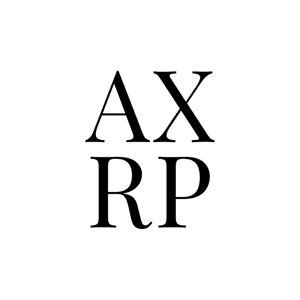Link to original article
Welcome to The Nonlinear Library, where we use Text-to-Speech software to convert the best writing from the Rationalist and EA communities into audio. This is: Paradigms and Theory Choice in AI: Adaptivity, Economy and Control, published by particlemania on August 28, 2023 on The AI Alignment Forum.
Epistemic status: Some general thoughts on philosophy of design, that have turned out to be useful for reasoning about AI paradigms for a few years for me.
Summary:
I briefly discuss the role of paradigms in Kuhnian philosophy of science, and the problem of theory choice.
I introduce the notion of design paradigms, when discussing design and engineering. For machine learning, this concept is similar to the concept of training stories.
I then introduce three criteria (or theoretical virtues) that design paradigms can be evaluated on, that play a role in shaping theory choice in design and engineering generally, and AI specifically.
I then apply these three criteria to some criticisms of the CAIS paradigm (as compared to AI agents), as a case study.
1. Paradigms in Science
In the philosophy of science, Thomas Kuhn introduced the notion of a 'paradigm', roughly referring to a class of key theories, tools and approaches, and methodological and theoretical assumptions that govern progress within some discipline of science. The function of a paradigm, as per SEP, is to "to supply puzzles for scientists to solve and to provide the tools for their solution". Kuhn's interest in the concept was to provide a commentary on revolutions and incommensurability.
According to Kuhn, scientific revolutions are characterized by disruptions in periods of 'normal science' (or within-paradigm progress), wherein new paradigms are introduced leading to a shift in the assumptions, methods and evaluative criteria that govern the discipline. Some examples include the shift from classical mechanics to relativistic mechanics, and the shift from miasma theory to germ theory of disease.
Sometimes paradigms can refer to an overlapping object of inquiry and continue to remain productive, and yet be incommensurable (i.e. lacking common measure) with respect to each other. When the theories provide no basis for evaluation on each other's standards, and science lacks a common standard to compare them (for example because they have incompatible methodological assumptions, or operate in incompatible ontologies), it can make it hard to provide 'objective' justifications for choosing between paradigms. Kuhn called this the problem of Theory Choice, and and raised the question of which criteria we do/should use in making subjective choices here.
2. Paradigms in Design and Engineering
Artificial Intelligence is partly about understanding the nature of intelligence or related properties of cognitive systems, but it is also about the artificial -- designing intelligent artifacts. And therefore in order to understand what paradigms govern progress in AI, and how they do so, we need to look at paradigms not just in science but in design and engineering.
Paradigms and theories operate differently in science compared with design and engineering, relating to the distinct epistemological relationship between the use of theories and the object of those theories. In science, the territory is typically causally prior to our maps, and we are trying to refine our maps to get the best understanding of the key phenomena in the territory. Design and engineering on the other hand, are also about artificiality, and theories often provide us with blueprints for creation of artifacts.
The laws of the universe are a given, but artificial objects are not. Different scientific paradigms will not cause the laws of the universe to alter, but different design paradigms will cause different artificial objects to be created. This makes theory choice for design paradigms particularly important: design paradigms don't just describe the world more or less accurately, they also directly shape what happ...

















